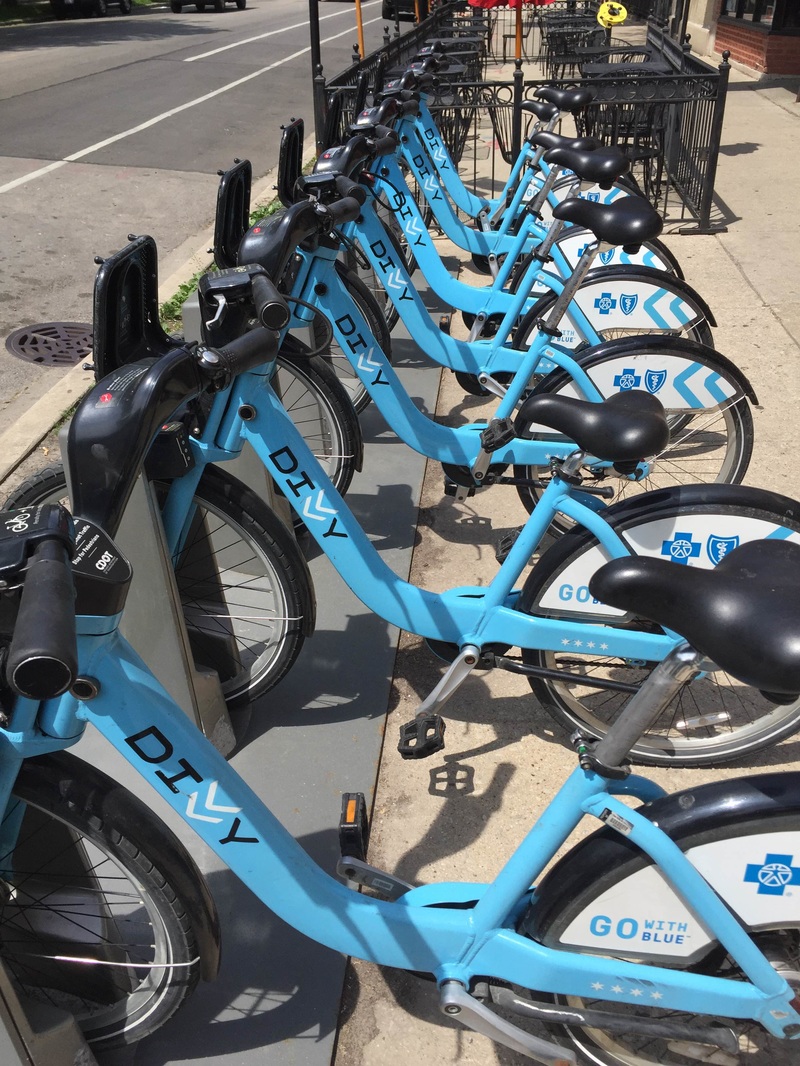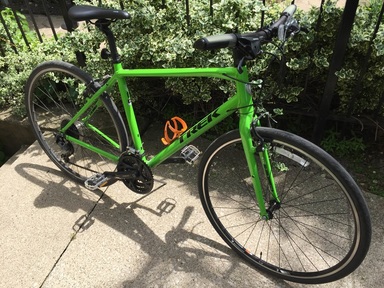|
As some of you may or may not know, I am a long time bicycle commuter. Riding around the city is one of my great pleasures. With summer (maybe) coming on soon, my feelings can only be expressed in the immortal words of Queen--'I want to ride my bicycle, I want to ride my bike.' However, 8-plus years of experience has taught me that there is a lot of potential for things to get complicated in terms of how you Use yourself while riding. There are numerous traps and opportunities, too many for a single blog to handle, so I am splitting up my knowledge into a series of entries that I hope will give you a wonderful window into the complexity of this rewarding activity. Today, we are going to focus on the different options available in terms of machinery and the advantages/disadvantages of each type for Use. Each one has possibilities for improvement within their limitations using Alexander Technique strategies. The majority of riders in cities ride road bikes. I rode one for years. They are characterized by dropped handle bars (that look like horns), light frames, and thin tires. In terms of speed, these are the most aerodynamic and efficient machines--there is less profile for a rider to be caught by the wind, causing resistance, and the unified center of gravity between rider and machine allows the bike to be moved and manipulated with a minimum of effort. Also, because of the dropped position of the rider, it is easy for them to feel a push backwards through the pedal and get a great stride out of each turn. However, there are drawbacks--the bent over posture of the bike can make for congested hip sockets, over-rounding of the back, and tense arms that are glued to the riders' sides, as well as an over-arched neck in order to have vision of the road around the cyclist. This can cause neck tension that gums up the whole system as well as making it difficult for the cyclist to turn their head to see traffic and obstacles. The cyclist is also using extra muscle to keep the bike stable while going over bumps in the road and other obstacles. This is the most challenging bike and therefore takes the most thought and awareness to use well, much of which will be detailed in future entries. However, it is the best suited for pure speed and exercise and has advantages that cannot be overlooked, as well as use opportunities for connecting to the developmental movement of crawling and following the head 'forward and up' in relationship to the spine.
The last type of bike I am going to discuss is the one I recommend for everyday riding or commuting--the sport hybrid. In my opinion, you get all of the advantages of upright posture--less neck strain, less spinal distortion, better visibility of surroundings, less congested hip sockets and potential for over-tense arms--while reducing frame weight, tire resistance, and slightly reducing your wind profile compared to a cruiser. Your top speed is unlikely to be as high as on a road bike and probably not what you want if you are a racer or fitness rider, but if you spend a lot of time in the saddle or cover a good amount of distance every day, this is the bike that will give you the most efficiency and least strain.
Hopefully, this has helped you to understand the advantages and disadvantages of your particular riding partner and given you something to consider if you are thinking of purchasing a new bike. Further blogs will details strategies for how YOU can meet and complete your bike better and get the healthiest riding possible out of it. Happy riding and keep thinking up! --Jeremy
0 Comments
Leave a Reply. |
Thoughts on what is going on in the work and the world right now. Many posts to come. Archives
June 2021
Categories |



 RSS Feed
RSS Feed